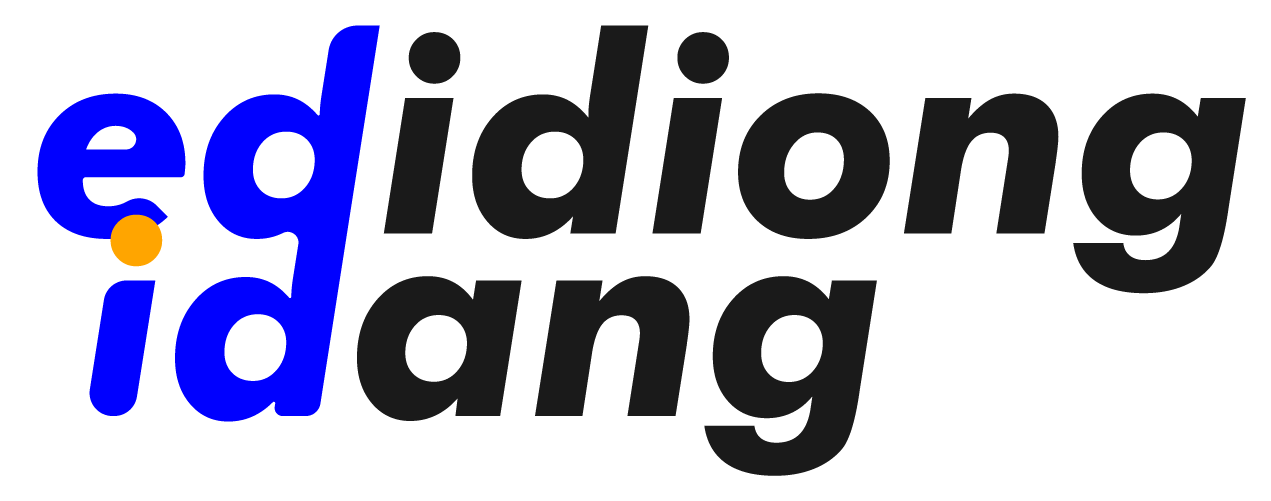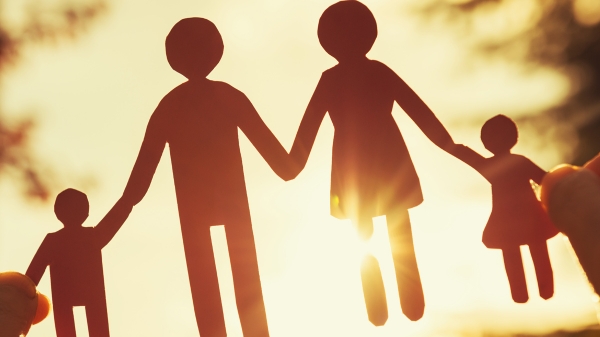Over the past three months, I have been privileged to be a part of the trainers of a Federal Government project targeted at protecting children in Nigeria. The ‘At Risk Children program’ (ARC-P) aims to improve the overall well-being of young, marginalized and at-risk children including ‘Almajirai’, orphans, unaccompanied children, children with disabilities and vulnerable girls; addresses the issue of unemployment, insecurity and poverty.
While I have had the opportunity of travelling around states and exploring the rich culture of Nigeria, I have also learned and appreciated the efforts of state and non-state actors in ensuring the protection of children in the local communities. For this purpose, I penned down this write-up based on my field experience; hoping that this would improve the livelihood of children across Africa and the world.
One would not talk about Child protection without first knowing who a child is. As simple as this may be, it is important to begin such discussions with an understanding of who people think, a Child is. The reason for this is not far-fetched as we all have different culture, religion and social orientations which may influence our idea on the subject.
The United Nations Convention on the Rights of a Child defines a Child as People under 18 years of age, who are still considered to be growing and developing and in need of extra protection.
My experience as a resource person in the Nigerian Federal Government program has provided me the opportunity of understanding the various challenges faced by duty bearers in implementing the Child Right Acts and the various ways some states have ensured the effective implementation of the law in rural communities.
While poverty, culture and religious biases contribute to the exposure of children to abuse, violence, exploitation, and neglect; there is need to mention that the lack of effective implementation structures for child protection laws, is one not to be overlooked.
In Nigeria for instance, there are several laws which protect children. The Child Right Act and the Violence Against Persons Prohibition law are a few to mention. These laws which the various states have adopted remains a document for the shelves while states struggle to convict perpetrators of the law. For effective implementation of this law, for the protection of children, the following innovative ways should be considered.
- Equipping youth facilitators as enforcers of the law and change agents
This method is being applied by the Federal Government of Nigeria, under the At-Risk Children Program (ARC-P). Youth facilitators are drawn from each Local Government area of each state and trained on specific entrepreneurial skills as well as on Child protection and safeguarding. These young people who have been empowered are expected to engage young children who are seen as being at risk with the knowledge they gained and also act as watch dogs in their local communities; to ensure the protection of child right.
The ripple effect of this method is that these youth facilitators gain entrepreneurial skills and other skills and are able to transfer knowledge to At-risk children within their community. They become employers of labour, gain financial freedom and also share this knowledge gained in their communities.
- Establishment of Child Right Committee Support.
These committees can be made up of relevant stakeholders including representatives of the Civil Society Organizations, Women lawyers, the media, security and vigilante groups in rural communities. They must have basic knowledge of the laws protecting children and understand the key stakeholders and the local context in which the law must be applied.
For the sustainability of such support groups, this support group must be situated under the welfare department of the government ministry with clear terms of reference to guide their activities. Members of this group can meet regularly but most especially when cases of child abuse are brought to bear. They must also have knowledge of the referral pathways and work closely with relevant government institutions to effectively protect children within their communities.
This was the case in one of the states I visited under the ARC-P program and it proved very effective in the sensitization of community members on the efficacy of the law as well as the identification and punishment of perpetrators within the communities.
Protecting the right of children should be the duty of every citizen. This is because a wounded child- be it from psychological, physical, emotional abuse, will continually seek for answers and perhaps resort to revenge on society because of their childhood experiences. While international organizations and Governments of Nations are working to preserve the rights of a child, let this be a collective effort by all stakeholders to continually think through innovative ways of safeguarding the rights of children within the local communities.


Leave a Reply